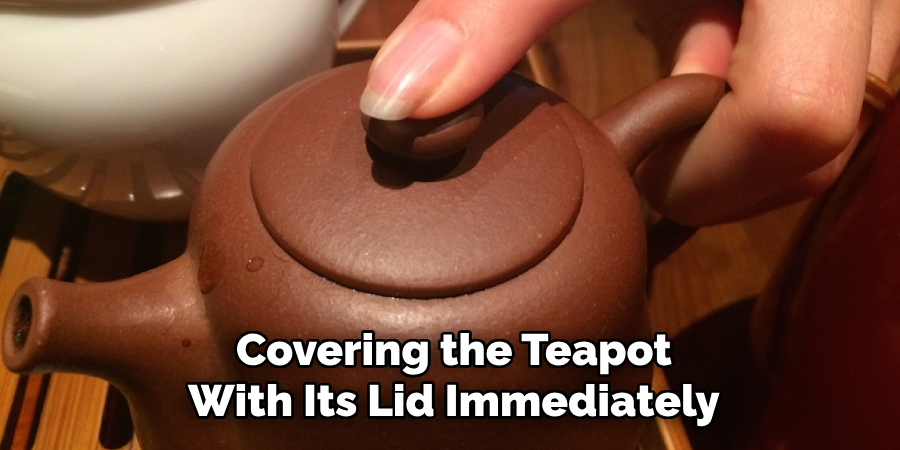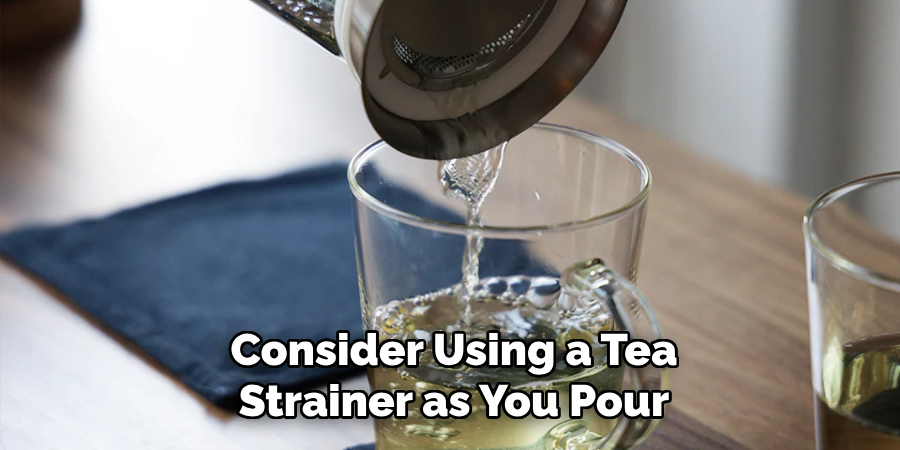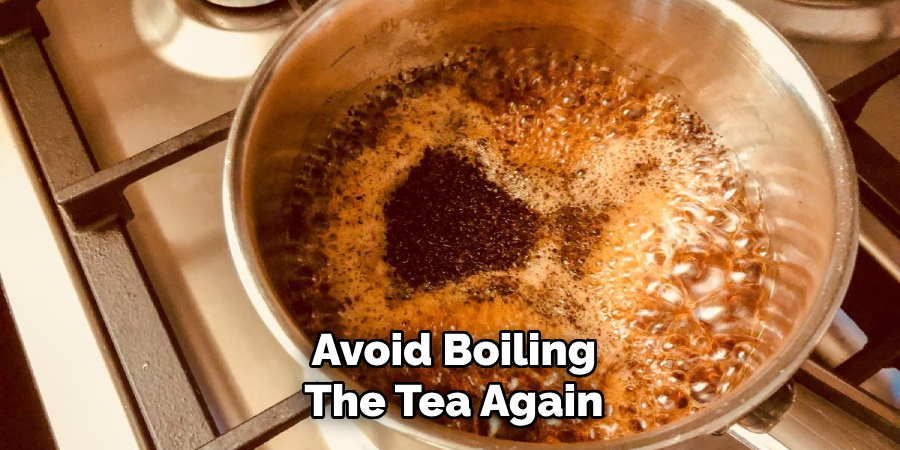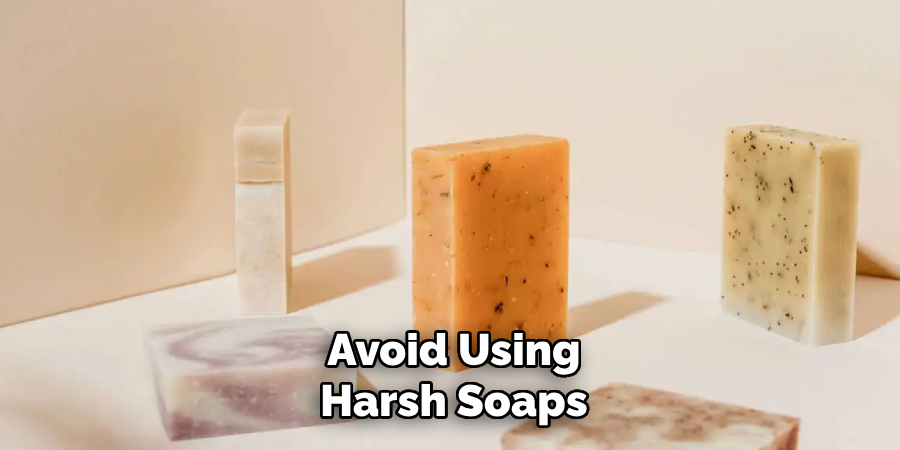Ceramic teapots have long been esteemed for their pivotal role in the art of tea brewing, embodying a balance between tradition, beauty, and practicality. Their intricate designs and varied shapes capture the elegance of tea culture across different cultures and periods. Ceramic teapots are particularly popular among tea enthusiasts due to their exceptional heat-retaining properties, which allow for an even and consistent infusion of flavors. Maintaining a stable temperature enhances different tea varieties’ natural aromas and taste notes.

The glaze used in ceramic pots also prevents any interaction between the pot itself and the delicate tea flavors, ensuring an authentic brew. These qualities combine to make ceramic teapots a prized asset in tea preparation. Understanding how do you use a ceramic teapot involves a series of simple steps, from preparation and steeping to serving, allowing one to fully appreciate its unique contributions to the tea experience.
Choosing the Right Ceramic Teapot
When selecting a ceramic teapot, understanding the various types and their impacts on tea flavor is essential. Common categories include glazed, unglazed, and decorative styles, each offering unique benefits. Glazed ceramic teapots are popular for their non-porous surfaces, which prevent flavor absorption. This makes them ideal for brewing various teas without the residual influence of previous brew sessions.
On the other hand, unglazed ceramic teapots, such as the esteemed Yixing clay pots, are known for their ability to absorb and enhance the nuances of the tea over time. These teapots are typically dedicated to a single type of tea, as their porous nature allows them to build up a beneficial patina, creating a richer, more complex brew with each session.
Beyond material, the capacity and shape of a teapot should align with your brewing needs. Consider how much tea you generally prepare and select a teapot that complements your serving size. Smaller teapots are perfect for personal or two-person servings, while larger pots are suited for gatherings. The teapot’s shape also plays a crucial role in enhancing the tea-drinking experience.

For example, wide, rounded teapots are excellent for brewing delicate green teas, as they afford the leaves space to unfurl fully, releasing their subtle flavors and aromas. Conversely, taller or narrower shapes may be better suited for oolong or pu-erh teas, where the steeping dynamics encourage the deeper release of flavors. By choosing a teapot shape and material that matches your tea preference, you can ensure a delightful and authentic tea-drinking experience.
Preparing the Teapot for Use
Rinsing and Pre-Warming the Teapot
Proper preparation of your ceramic teapot ensures an optimal brewing experience, starting with rinsing and pre-warming. Begin by rinsing the teapot with hot water to remove any dust or residues, ensuring it is clean and fresh for brewing. To do this, carefully pour hot water into the teapot, swish it around gently, and then discard the water. This simple step cleans the teapot and begins the warming process.
Next, fill the teapot with hot water, allowing it to sit for about a minute before discarding the water. Pre-warming the teapot prevents it from cooling the tea when hot water is added during brewing, thus maintaining an ideal temperature throughout the steeping process. Ensuring that your teapot is properly heated helps unlock the fullest expression of flavors and aromas from the tea leaves.
Measuring Tea Leaves
The art of measuring tea leaves is integral to a perfect brew. The general guideline for loose tea leaves is to use about one teaspoon per cup or for every 6 ounces of water, but this can be adjusted according to the type of tea and personal taste preferences. Delicate teas, such as white or green teas, may require slightly less than one teaspoon to achieve a balanced flavor without bitterness, whereas stronger teas, like black or oolong, may withstand slightly more to enhance their robust profiles.

For those who prefer a stronger or weaker cup, adjust the number of tea leaves accordingly; add more leaves for a bolder flavor or decrease for a milder infusion. Paying attention to the size of your teapot is also vital, as larger teapots will naturally require more tea leaves to maintain the desired strength per serving. By fine-tuning the amount of tea used, you customize each brewing session to suit your taste preferences, maximizing your experience with every pour.
How Do You Use a Ceramic Teapot: Brewing Tea in a Ceramic Teapot
1.Boiling Water at the Right Temperature
The water temperature you use is crucial to the successful brewing of tea. Different types of tea require varying heat levels to properly extract flavors and prevent unpleasant bitterness. For green tea, the ideal water temperature ranges between 160-180°F (70-80°C) to avoid extracting excess tannins that can make the brew bitter. With their delicate profiles, white teas are best brewed with slightly warmer water, around 170-185°F (75-85°C), ensuring their subtle flavors are preserved. Black teas thrive at higher temperatures, between 200-212°F (93-100°C), which helps to fully extract their strong and robust flavors.
Oolong teas benefit from water heated to 185-205°F (85-96°C), as this range helps to bring out the complexity of their flavors. To achieve these temperatures, you can either boil water on a stove, use a thermometer to check the temperature or opt for an electric kettle that features temperature settings for convenience.
2.Adding Tea Leaves to the Teapot
When it comes to adding tea leaves to your ceramic teapot, you have a couple of options. Loose tea leaves can be placed directly into the teapot, allowing maximum interaction with the water. Alternatively, you can use an infuser basket to simplify the removal of the leaves once steeping is complete. Ensure the tea leaves are spread evenly at the bottom of the teapot to allow for an even distribution of flavors. This careful placement ensures that as the water is poured over them, each leaf can release its full flavor without any crowding or clumping.
3.Pouring Water Over the Tea Leaves
To initiate the steeping process, gently pour hot water over the tea leaves in a circular motion. This technique helps to evenly distribute heat throughout the tea, coaxing out the fullest range of the tea’s flavors. Covering the teapot with its lid immediately after pouring the water is vital, as this helps retain heat and creates an optimal environment for the tea to steep properly. The closed environment inside the teapot locks in aromas and allows the leaves to fully expand and release their flavor profiles.

4.Steeping the Tea
Appropriate steeping times vary depending on the type of tea you are brewing. For green tea, a steeping duration of 2-3 minutes is recommended to avoid an overly bitter taste. Black tea generally requires a longer steep, about 3-5 minutes, to enable its robust flavors to come through. Oolong teas have a wider steeping window, between 4-7 minutes, allowing the complexity of their flavors to develop fully.
Herbal teas, which do not contain tea leaves from the Camellia sinensis plant, typically require the longest steeping time of 5-7 minutes to maximize flavor extraction. Personal preference should guide adjustments—extend steeping for a more concentrated flavor or shorten it for a subtler taste. By paying attention to these parameters, you can perfectly tune each brewing session to your liking, ensuring a rich and satisfying tea experience every time.
How Do You Use a Ceramic Teapot: Serving Tea from a Ceramic Teapot
Pouring the Tea
When serving tea from a ceramic teapot, mastering the art of pouring is essential to ensure an enjoyable experience. Begin by firmly gripping the teapot handle and positioning your thumb atop it for stability. Tilt the teapot slowly, guiding the spout towards the teacup to achieve an even, controlled flow.
This method helps prevent spills and allows every cup to be filled uniformly. If you add loose tea leaves directly into the teapot, consider using a tea strainer as you pour. The strainer effectively catches stray leaves, ensuring that what pours into your cup is a smooth, leaf-free brew, enhancing the visual and tasting experience.

Refilling the Teapot for Multiple Brews
One of the delightful attributes of certain teas, such as oolong and green, is their ability to be brewed multiple times with the same leaves. To achieve this, simply refill your teapot with hot water after the first serving and allow the leaves to steep again. It’s important to slightly increase the steeping time with each subsequent brew.
For the second infusion, add an extra 30 seconds to a minute, allowing the tea’s flavors to continue developing while maintaining intensity. The variations in taste across multiple infusions can offer a multi-layered sensory experience, highlighting the nuances each brew can reveal.
Storing and Reheating Leftover Tea
For the best flavor, brewed tea is ideally enjoyed fresh. However, if you have leftover tea, it can be stored in the refrigerator for up to a day. Ensure it is covered to prevent absorbing other odors from the fridge. When ready to re-enjoy, gently reheat the tea in a small pot on the stove or at a low setting on the microwave. Be mindful that reheated tea might lose some of its original aroma and vibrant taste.

It’s best to avoid boiling the tea again, as excessive heat can further diminish its delicate flavors. By following these guidelines, you can savor your fresh brew to its fullest potential or enjoy a comforting cup later with minimal quality loss.
Cleaning and Maintaining a Ceramic Teapot
Rinsing After Each Use
To maintain the quality and longevity of your ceramic teapot, it is crucial to rinse it with warm water after each use. This practice helps to remove any tea stains or residue that may accumulate over time, preserving the teapot’s pristine condition. It’s important to avoid using harsh soaps, especially with unglazed teapots, as these can absorb soap and alter the delicate aromas and flavors of future brews. Instead, rely on warm water to cleanse the teapot gently and effectively.

Deep Cleaning for Stains
A more thorough cleaning approach is sometimes needed for stubborn tea stains that resist simple rinsing. Begin by filling the teapot with a mixture of warm water and either baking soda or vinegar. Allow this solution to soak inside the teapot for 15-30 minutes, which helps to dislodge and dissolve persistent stains. After soaking, scrub the interior gently with a soft brush or cloth to lift any remaining discoloration. This process should restore the teapot’s appearance without damaging the ceramic surface.
Drying and Storing
Ensuring your ceramic teapot is thoroughly dried before storing it is essential to prevent the development of mold or unwanted odors. Air-dry the teapot completely, preferably by placing it upside down on a rack. Once dry, store the teapot in a cool, dry place, ideally with its lid off to encourage airflow. This storage method facilitates the teapot’s capacity to breathe, further safeguarding its condition for delightful tea sessions in the future.
Conclusion
In summary, using a ceramic teapot involves several essential steps, starting from selecting one that complements both your aesthetic preferences and practical needs. Begin by choosing quality tea leaves and perfecting the technique of boiling water and pouring in a circular motion to ensure a balanced extraction of flavors. Proper steeping times tailored to each type of tea further enhance the drinking experience. Mastering the pouring process while considering using a strainer contributes to a seamless serving ritual.
Additionally, remembering to rinse the teapot after each use and applying deep-cleaning techniques when necessary will keep your teapot in pristine condition. The intrigue surrounding “how do you use a ceramic teapot” extends to experimenting with diverse teas and brewing methods, allowing you to cultivate a personalized tea journey. Embrace the timeless allure of ceramic teapots, where beauty harmonizes with functionality, making every sip from your teapot a delightful experience.
Specialization:
- Master of wheel-throwing, hand-building, and advanced glazing techniques
- Focus on creating both functional pottery and decorative art pieces
Recognition:
- Celebrated by collectors and art enthusiasts for creating one-of-a-kind pieces that blend artistry with functionality
- Participates in local and national exhibitions, earning accolades for his innovative designs and craftsmanship
Passion:
- Deeply committed to exploring and pushing the boundaries of ceramic artistry
- Continuously experiments with new materials, firing techniques, and artistic concepts to evolve his craft
Personal Philosophy:
- Believes in the transformative power of art, aiming to evoke emotions and connections through his ceramic creations
- Advocates for sustainability in ceramics, using eco-friendly materials and practices whenever possible


